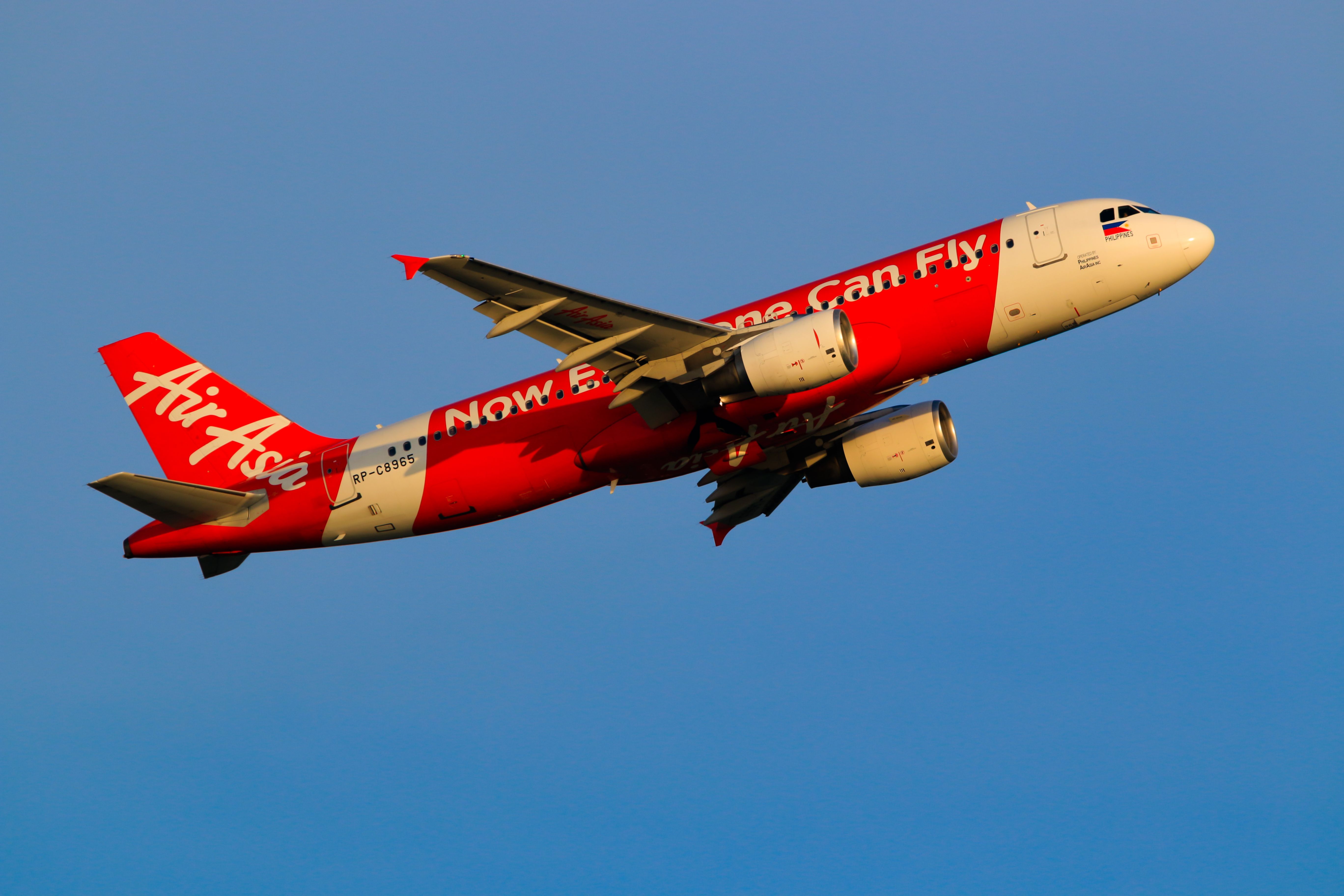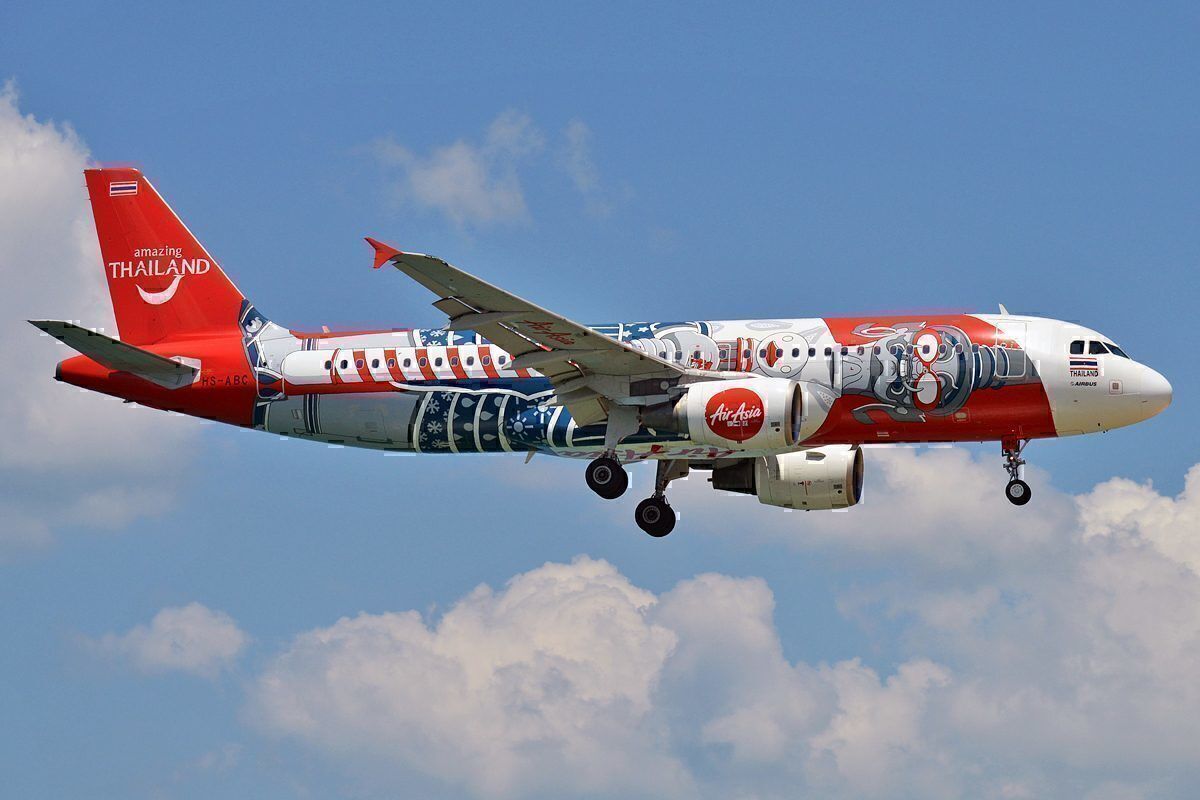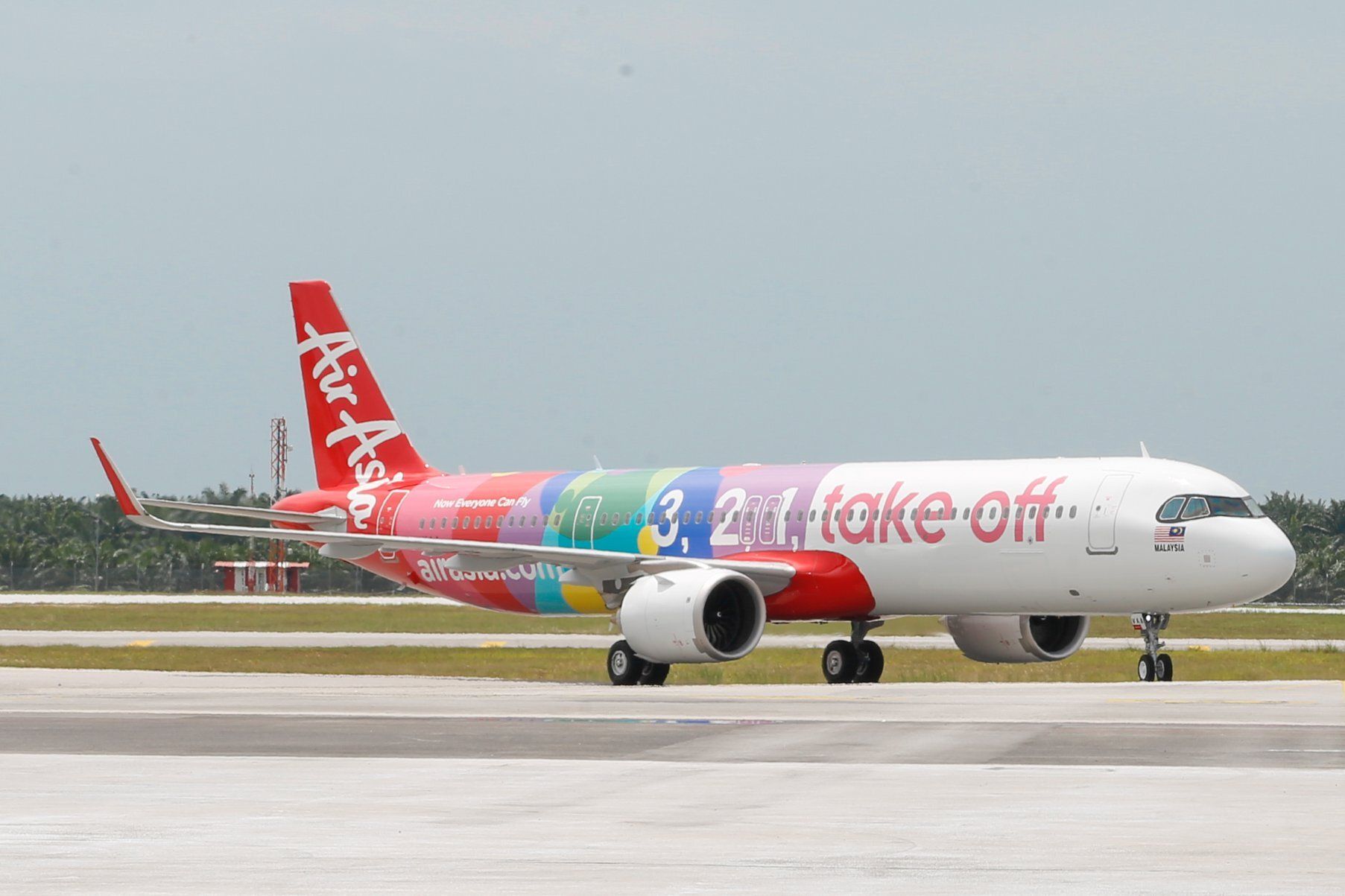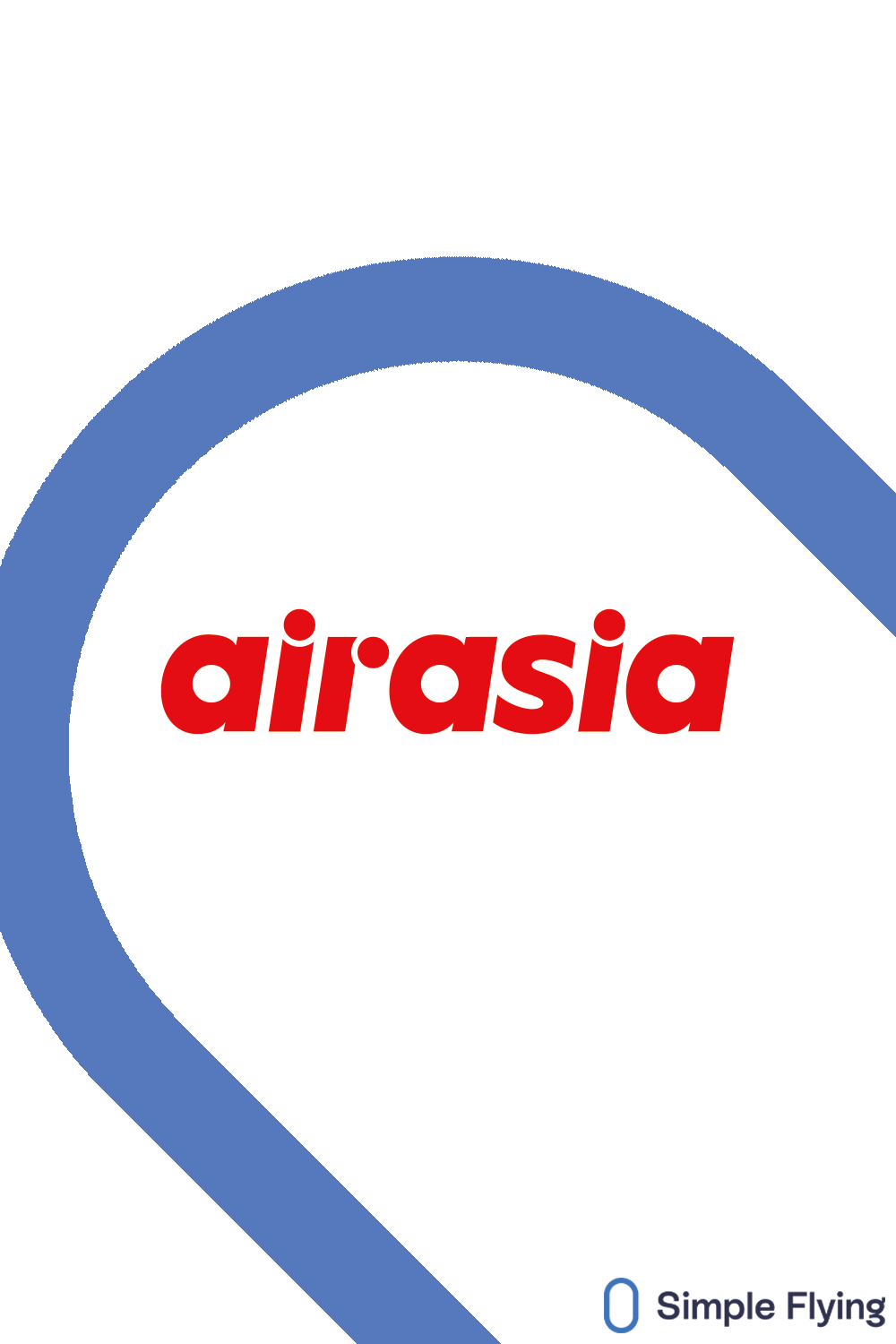While the corporate boffins at Capital A Berhad work out new names for the group, the AirAsia family of airlines has got on with the job. In 2022 the group, including AirAsia Thailand, carried 34.2 million passengers, reaching 46% of pre-pandemic levels.
Now known as Capital A Berhad, the group reported its fourth-quarter and 2022 full-year operating statistics yesterday. The report covers the three consolidated airlines of AirAsia Malaysia, AirAsia Indonesia and AirAsia Philippines, and AirAsia Thailand, which it refers to as an Affiliate.
The last quarter took off
In 2022, the consolidated airlines carried 24.2 million passengers, while AirAsia Thailand had 9.95 million. In the fourth quarter, October to December 2022, the three consolidated airlines carried 7.81 million passengers, while AirAsia Thailand (AA Thailand) carried 4.05 million. The entire group achieved an annual passenger load factor of 84%. This was buoyed by AA Thailand, which posted the highest quarterly load factor of 90%, up 14 points year-on-year, with domestic loads of 91% and international a healthy 86%.
AA Thailand finished 2022 very strongly, operating 42 aircraft to 24 domestic and 38 international destinations. In 4Q, the airline added seven aircraft, bringing its active fleet to 72% of 2019 levels, and sold more than one million international seats, compared to the 1,413 it sold in Q4 2021. AA Thailand's capacity and passengers returned to 72% and 75% of 4Q 2019 levels, respectively.
The consolidated airlines also had a positive end to 2022, operating around 50,000 flights in 4Q, up by 171% year-on-year, with a combined fleet of 84 aircraft, 16 more than in 3Q. As measured by available seat kilometers, capacity grew to about 10 billion, 53% of pre-COVID ASKs in the same period, while revenue per seat kilometers reached 54% of 2019 levels.
Adding capacity means returning aircraft to service, and the group certainly did that in 2022. According to yesterday's release, the four airlines combined ended 2021 with an active fleet of 74 aircraft, which nearly doubled to 126 aircraft in 2022. Of the 52 aircraft brought back to operations, AA Malaysia returned 18, AA Indonesia eight, AA Philippines nine, and AA Thailand 17.
Find more news about Asian aviation here
Finding capacity is not an issue
While aircraft are returning to service, the AirAsia family still has plenty of capacity sitting on the sidelines. The consolidated airlines ended 2022 with a total fleet of 155 aircraft, with 84 active and 71 inactive. This correlates to its 46% recovery to pre-COVID levels. AA Thailand has pushed a higher percentage of its fleet back into service, having just eight aircraft waiting to return. Almost all the group's aircraft come from the Airbus A320 family, including A320-200s, A320-200neos, and A321neos.
Southeast Asia is now starting to see the returns after border restrictions virtually disappeared in the second half of last year. With a disciplined approach to adding capacity and high demand, airlines are seeing passenger load factors returning to pre-pandemic levels. The key to the region's recovery is international traffic, and AirAsia is a prime example of what happens when that returns. For the consolidated group, seats sold for international flights surged by 3536% year-on-year, while domestic seats sold were up by 290%.
Operating airlines in four of the region's key markets, AirAsia gives a good picture of how individual parts of Southeast Asia are recovering. What is heartening is that growth in Indonesia, the Philippines, Malaysia, and Thailand is surging, and with the Lunar New Year in full swing, the first quarter 2023 results are likely to be even more favorable for AirAsia and its Capital A Berhad master.
Have you flown with AirAsia recently? Let us know about it in the comments.




